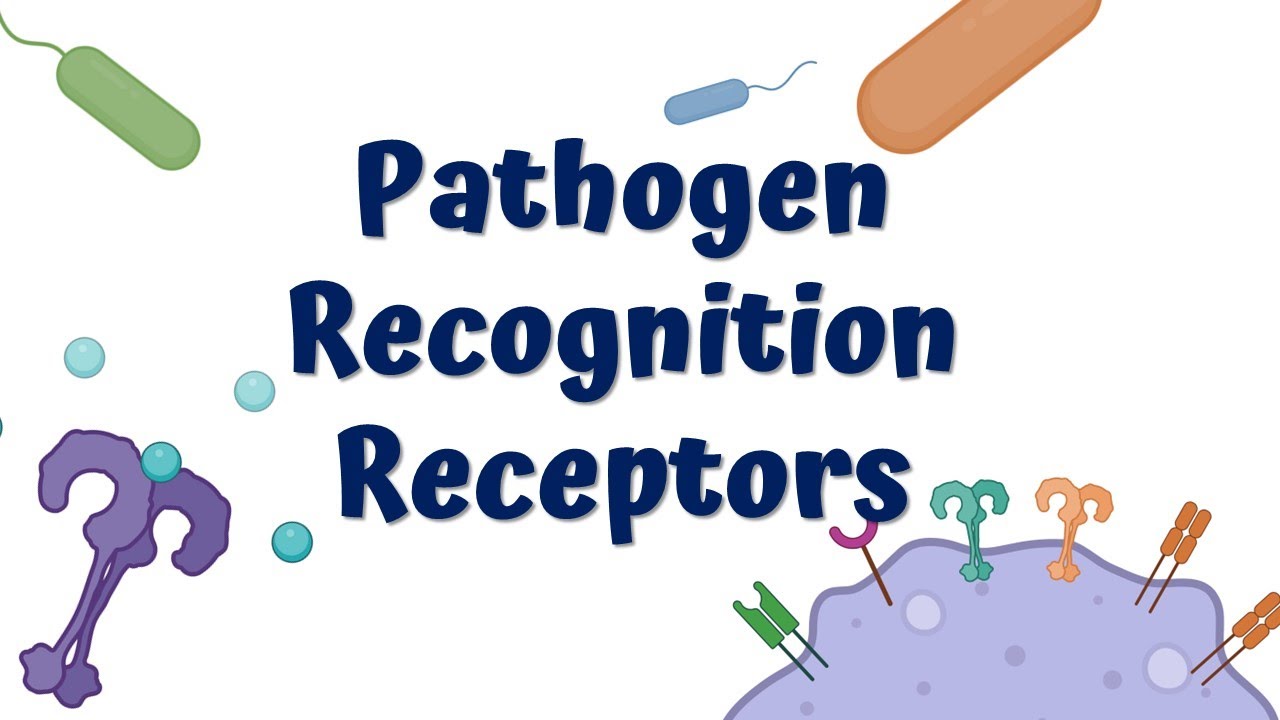Plant Pathogen Interaction | Signalling
Summary
TLDRThis video delves into the intricate dynamics of plant-pathogen interactions, highlighting the role of pattern recognition receptors (PRRs) and pathogen-associated molecular patterns (PAMPs) in triggering plant immunity. It explains two immunity responses: effector-triggered immunity (ETI) and pattern/PAMP-triggered immunity (PTI). The script details how pathogen effectors are detected by resistance proteins, leading to hypersensitive response (HR) and systemic acquired resistance (SAR). It also covers the hormonal signaling pathways activated by different pathogens, resulting in the production of defense genes and proteins to combat infection.
Takeaways
- 🌿 The interaction between plant cells and pathogens involves the recognition of Pathogen-Associated Molecular Patterns (PAMPs) by the plant's Pattern Recognition Receptors (PRRs).
- 🛡️ Plant cells have a defense mechanism known as Effector-Triggered Immunity (ETI) and Pattern-Triggered Immunity (PTI) to combat pathogens.
- 🔍 PTI is initiated when the plant's PRRs bind to PAMPs on the pathogen, activating a signaling cascade that leads to the expression of defense genes.
- 🛑 The defense response can also be triggered by the detection of pathogen effectors by the plant's Resistance (R) proteins, which leads to a Hypersensitive Response (HR).
- 💥 HR results in an oxidative burst and the production of callose, lignin, and phytoalexins, which help to contain the infection and prevent its spread to neighboring cells.
- 🌱 Systemic Acquired Resistance (SAR) is an advanced form of immunity where the plant produces proteins like PR-1 and chitinases to degrade the pathogen's cell wall and exoskeleton.
- 🌱 Hormonal signaling pathways are activated in response to different types of pathogens, with biotrophic pathogens inducing the SA pathway and necrotrophic pathogens inducing the JA pathway.
- 🌟 The activation of these hormonal pathways leads to the transcription of Pathogenesis-Related (PR) genes, which in turn express PR proteins to combat the infection.
- 🌱 The production of PR proteins is part of the plant's immune response to contain and prevent the spread of pathogen infection.
- 📈 The video script provides an overview of the complex mechanisms of plant-pathogen interactions and the plant's immune system's strategies to defend against infections.
Q & A
What is the role of pathogen-associated molecular patterns (PAMPs) in plant-pathogen interactions?
-PAMPs are molecules found on the surface of pathogens that are recognized by the plant's pattern recognition receptors (PRRs), initiating the plant's immune response.
What are the two types of immunity discussed in the script related to plant-pathogen interactions?
-The two types of immunity discussed are effector-triggered immunity (ETI) and pattern or PAMP-triggered immunity (PTI).
How do pattern recognition receptors (PRRs) on a plant cell interact with pathogens?
-PRRs on the plant cell surface bind to PAMPs of the pathogen, which triggers the PTI and initiates the plant's immune response.
What is the function of resistance proteins (R proteins) in the context of plant immunity?
-Resistance proteins are part of the plant's immune system that detect pathogen effectors, leading to the activation of defense mechanisms such as the hypersensitive response (HR).
What is the significance of the hypersensitive response (HR) in plant defense?
-The HR is a rapid response to pathogen invasion that results in localized cell death to prevent the spread of the pathogen, and it also triggers systemic acquired resistance (SAR).
How does the plant cell combat pathogen effectors that are injected to hijack the plant's cellular system?
-The plant cell uses nucleotide-binding leucine-rich repeat (NB-LRR) proteins that act as sensor proteins to detect pathogen effectors, leading to the activation of R genes and the subsequent defense response.
What is the role of the MAPK cascade in the plant's immune response?
-The MAPK cascade is activated by PTI and leads to the activation of defense genes in the plant cell, which helps in combating the pathogen.
What are the two types of hormonal signaling pathways that are activated by different types of pathogens?
-The two types of hormonal signaling pathways are the salicylic acid (SA) pathway, induced by biotrophic pathogens, and the jasmonic acid (JA) pathway, induced by necrotrophic pathogens.
How do PR genes contribute to the plant's defense against pathogens?
-PR genes encode for pathogenesis-related (PR) proteins, which are part of the plant's defense mechanism and help combat pathogen infection in various ways.
What is the purpose of the lignin and callose deposition in the cell walls of surrounding cells during the hypersensitive response?
-The deposition of lignin and callose strengthens the cell walls of surrounding cells, preventing the spread of infection to other cells and thus containing the pathogen.
How does the plant's immune system respond to different types of pathogens, such as necrotrophic and biotrophic pathogens?
-Different types of pathogens activate different hormonal pathways. Biotrophic pathogens induce the SA pathway, while necrotrophic pathogens induce the JA pathway, leading to the transcription of PR genes and the production of defense proteins.
Outlines

Cette section est réservée aux utilisateurs payants. Améliorez votre compte pour accéder à cette section.
Améliorer maintenantMindmap

Cette section est réservée aux utilisateurs payants. Améliorez votre compte pour accéder à cette section.
Améliorer maintenantKeywords

Cette section est réservée aux utilisateurs payants. Améliorez votre compte pour accéder à cette section.
Améliorer maintenantHighlights

Cette section est réservée aux utilisateurs payants. Améliorez votre compte pour accéder à cette section.
Améliorer maintenantTranscripts

Cette section est réservée aux utilisateurs payants. Améliorez votre compte pour accéder à cette section.
Améliorer maintenant5.0 / 5 (0 votes)






